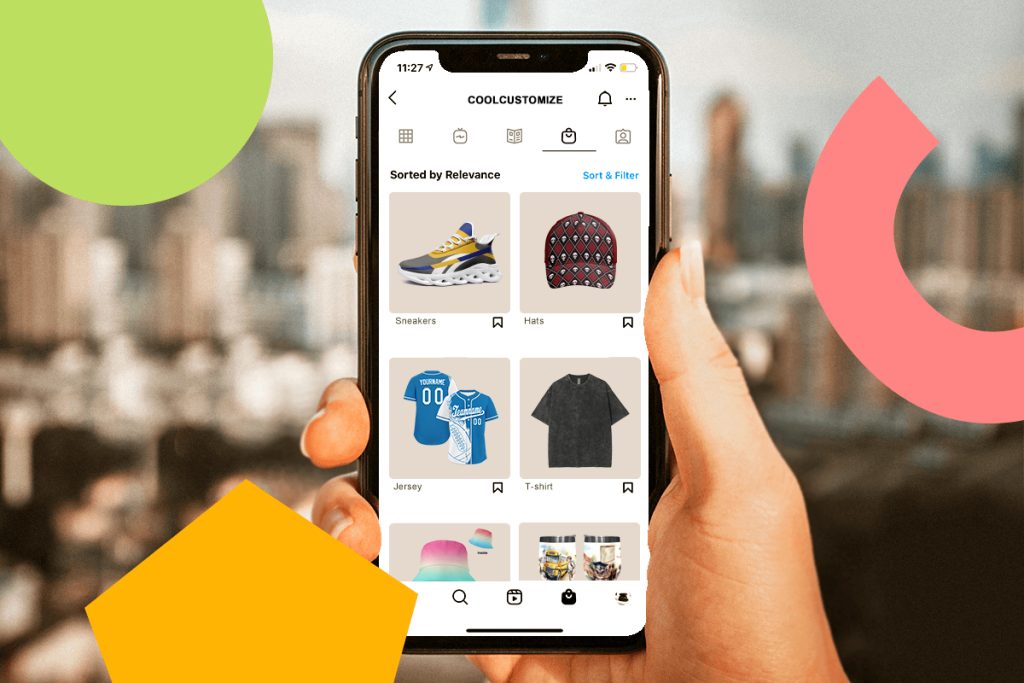Journey to earn your first $10,000 with Shopify and Print on Demand (POD) is like setting sail on an entrepreneurial voyage. The winds of success are yours to harness if you navigate wisely. Begin by constructing a sturdy ship—your Shopify store—with a solid foundation of design and functionality. Chart your course by choosing a profitable niche, akin to selecting the best waters to fish.
Populate your store with captivating products, much like stocking your vessel with the finest bait. Use eye-catching designs that lure customers in, and write compelling product descriptions that reel them in further. Market your store with the finesse of a skilled sailor, using social media, email marketing, and paid ads to steer traffic your way.
Table of Contents
- Understanding Shopify and POD
- Setting Up Your Shopify Store
- Choosing Your Niche and Products
- Designing Your Products
- Listing Your Products
- Marketing Your Store
- Optimizing Your Sales Funnel
- Scaling Your Business
- Common Challenges and Solutions
- Conclusion
Understanding Shopify and POD
What is Shopify?
Shopify is a leading e-commerce platform that allows anyone to set up an online store and sell their products. With its user-friendly interface and robust features, Shopify has become a go-to solution for entrepreneurs worldwide. It offers various plans to suit different business needs, from small startups to large enterprises.
What is Print on Demand?
Print on Demand (POD) is a business model where products are only printed and shipped after a customer makes a purchase. This means you don’t have to worry about holding inventory or dealing with bulk printing costs. POD services handle the printing, packaging, and shipping, allowing you to focus on marketing and growing your business.
Why Choose Shopify and POD?
Combining Shopify with POD offers numerous advantages:
– Low Startup Costs: No need to invest in inventory upfront.
– Flexibility: Easily add or remove products without financial risk.
– Scalability: Grow your product line and sales without logistical headaches.
– Ease of Use: User-friendly platforms with integrations that simplify your workflow.

Setting Up Your Shopify Store
Creating Your Account
The first step is to sign up for a Shopify account. Visit www.shopify.com and click on the “Start free trial” button. You’ll need to provide some basic information, such as your email address, password, and store name.
Selecting a Theme
Shopify offers a variety of free and paid themes that you can use to customize the look and feel of your store. Choose a theme that aligns with your brand’s aesthetic and is mobile-friendly. Themes can be further customized to match your specific requirements.
Customizing Your Store
Once you’ve selected a theme, it’s time to customize your store. This includes adding your logo, setting up your navigation menu, and creating essential pages like Home, About Us, Contact Us, and Shop. Ensure that your store is easy to navigate and visually appealing.
Setting Up Payment Gateways
To accept payments from customers, you’ll need to set up a payment gateway. Shopify supports multiple payment options, including Shopify Payments, PayPal, and various credit card processors. Choose the ones that best suit your target market and make it easy for customers to complete their purchases.
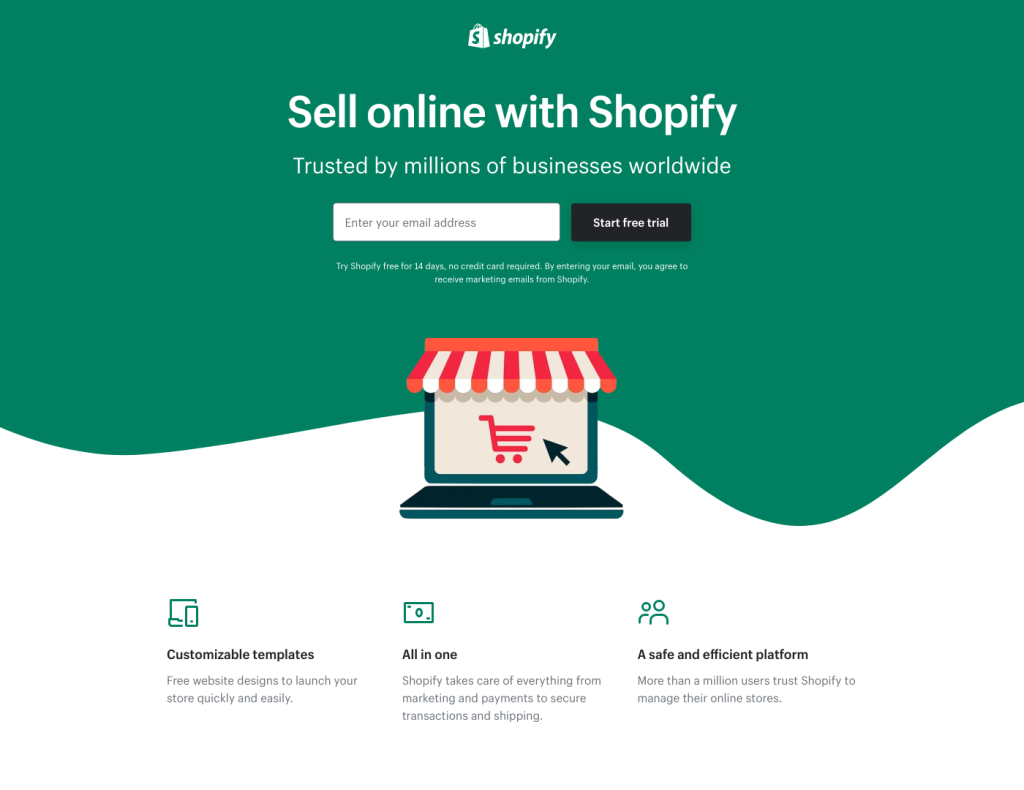
Choosing Your Niche and Products
Finding a Profitable Niche
Choosing the right niche is crucial for the success of your POD store. A niche is a specific segment of the market with a distinct interest. To find a profitable niche, consider the following:
- Passion and Interest: Choose something you’re passionate about to stay motivated.
- Market Demand: Use tools like Google Trends and keyword research to gauge interest.
- Competition: Analyze competitors to see if the niche is saturated or has room for new entrants.
Researching Product Ideas
Once you’ve chosen a niche, brainstorm product ideas that cater to your target audience. Consider popular POD products like t-shirts, hoodies, mugs, phone cases, and posters. Look for unique angles or underserved markets within your niche.
Selecting POD Providers
Choosing the right POD provider is essential for your business. Some popular POD platforms that integrate seamlessly with Shopify include:
- Printful: Known for high-quality products and a wide range of items.
- Coolcustomize: Offers a variety of apparel shoes, accessories and reliable shipping.
- Gooten: Provides diverse product options and reliable shipping.
Evaluate each provider based on product quality, pricing, shipping times, and customer reviews.
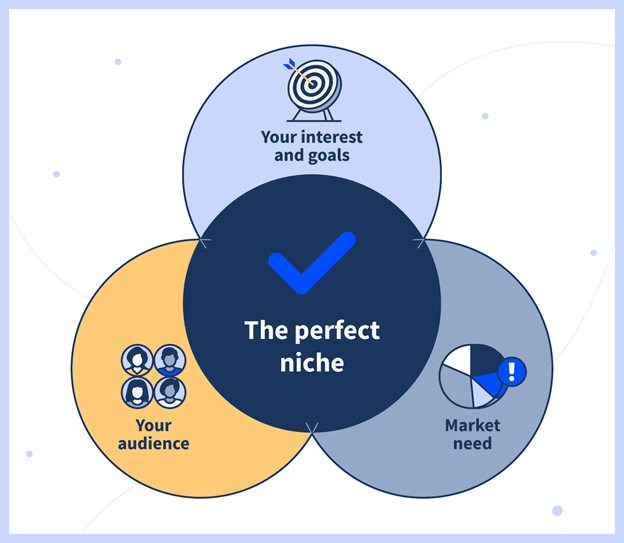
Designing Your Products
Tools for Creating Designs
Creating eye-catching designs is key to attracting customers. Use design tools like:
- Adobe Illustrator: Professional design software for creating vector graphics.
- Canva: User-friendly tool with templates for beginners.
- Placeit: Offers mockup templates and design tools tailored for POD.
Design Best Practices
Follow these best practices to create designs that sell:
- Simplicity: Keep designs clean and easy to understand.
- Relevance: Ensure designs resonate with your target audience.
- Quality: Use high-resolution images and avoid pixelation.
- Originality: Create unique designs to stand out from competitors.
Testing Your Designs
Before listing your products, test your designs by ordering samples from your POD provider. This allows you to check the print quality, colors, and overall appearance. Make necessary adjustments to ensure the final product meets your standards.

Listing Your Products
Writing Compelling Product Descriptions
A well-written product description can significantly impact your sales. Here are some tips:
- Highlight Benefits: Focus on how the product will benefit the customer.
- Use Persuasive Language: Use words that evoke emotion and encourage action.
- Include Keywords: Optimize descriptions for SEO to improve search visibility.
- Be Honest: Provide accurate information to build trust and avoid returns.
Pricing Your Products
Setting the right price is a balancing act between profitability and competitiveness. Consider your costs, including the base price from your POD provider, shipping fees, and Shopify’s transaction fees. Use psychological pricing strategies, such as ending prices in .99, to make products appear more attractive.
Creating High-Quality Mockups
High-quality mockups help customers visualize the product. Use mockup generators provided by POD services or tools like Placeit to create realistic product images. Ensure the images are clear, well-lit, and showcase the design from multiple angles.
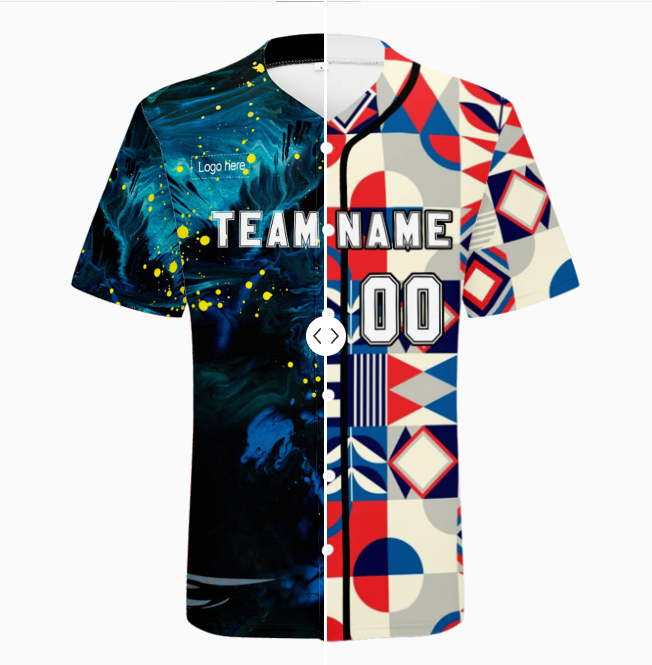
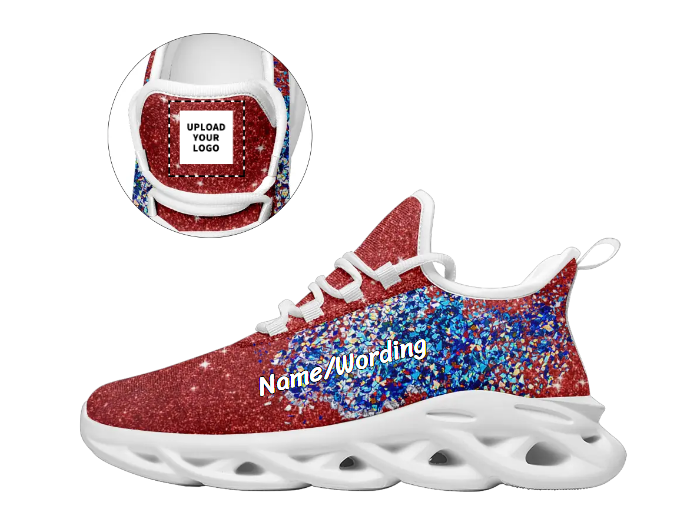


Marketing Your Store
Building a Brand
A strong brand identity differentiates your store from competitors. Develop a cohesive brand strategy that includes:
- Logo and Branding: Design a memorable logo and consistent branding elements.
- Brand Story: Share your story to connect with customers on a personal level.
- Social Media Presence: Maintain active profiles on relevant social media platforms.
Utilizing Social Media
Social media is a powerful tool for driving traffic and sales. Here’s how to leverage it:
- Content Creation: Share engaging content, such as behind-the-scenes looks, customer testimonials, and promotions.
- Influencer Marketing: Collaborate with influencers in your niche to reach a broader audience.
- Advertising: Run targeted ads on platforms like Facebook and Instagram to attract potential customers.
Paid Advertising Strategies
Paid advertising can provide a significant boost to your sales. Consider these strategies:
- Google Ads: Use search and display ads to target customers actively searching for products like yours.
- Facebook and Instagram Ads: Utilize detailed targeting options to reach your ideal audience.
- Retargeting: Show ads to people who have visited your store but haven’t made a purchase, encouraging them to return and complete their purchase.
Email Marketing
Email marketing remains one of the most effective ways to engage with customers and drive repeat sales. Build an email list by offering incentives like discounts or free resources. Send regular newsletters with updates, promotions, and personalized product recommendations.
Optimizing Your Sales Funnel
Improving Product Pages
Your product pages play a crucial role in converting visitors into customers. Optimize them by:
- High-Quality Images: Use clear, professional images that showcase the product.
- Detailed Descriptions: Provide all necessary information to help customers make informed decisions.
- Customer Reviews: Display reviews and ratings to build trust and social proof.



Enhancing Customer Experience
A positive customer experience encourages repeat purchases and referrals. Focus on:
- User-Friendly Navigation: Ensure your store is easy to navigate.
- Fast Loading Times: Optimize your site for speed to reduce bounce rates.
- Responsive Design: Make sure your store looks great on all devices.


Upselling and Cross-selling
Increase your average order value by implementing upselling and cross-selling strategies. Suggest related products or premium versions of items the customer is viewing. Offer bundle deals or discounts for purchasing multiple items.

Analyzing Your Sales Data
Use Shopify’s analytics to track your store’s performance. Key metrics to monitor include:
- Conversion Rate: Percentage of visitors who make a purchase.
- Average Order Value (AOV): Average amount spent per transaction.
- Customer Acquisition Cost (CAC): Cost of acquiring a new customer.
- Customer Lifetime Value (CLV): Total revenue expected from a customer over their lifetime.
These insights help identify areas for improvement and optimize your sales strategies.
Scaling Your Business
Expanding Your Product Line
To keep your store fresh and appealing, regularly introduce new products. Analyze sales data to identify popular items and consider expanding into related product categories. Collaborate with your POD provider to explore additional product offerings that align with your brand.
Leveraging Customer Feedback
Customer feedback is invaluable for improving your products and services. Encourage reviews and testimonials, and pay close attention to suggestions and complaints. Use this information to make necessary adjustments and enhance your product offerings and customer experience.
Automating Your Processes
Automation can save time and reduce errors in your business operations. Utilize Shopify apps and integrations to automate tasks such as:
- Order Processing: Automatically send orders to your POD provider.
- Email Marketing: Schedule and personalize email campaigns.
- Inventory Management: Track stock levels and receive alerts when inventory is low.
By automating repetitive tasks, you can focus on strategic activities that drive growth.
Common Challenges and Solutions
Handling Returns and Refunds
Returns and refunds are a natural part of e-commerce. Establish a clear return policy and make it easily accessible on your website. Work with your POD provider to manage returns efficiently and keep customers informed throughout the process. Address issues promptly to maintain customer satisfaction.
Managing Customer Expectations
Transparent communication is key to managing customer expectations. Provide detailed product descriptions, accurate shipping times, and clear policies. Use email and social media to keep customers updated on their orders and respond promptly to inquiries.
Staying Ahead of Competition
The e-commerce landscape is competitive, so it’s important to stay ahead. Continuously monitor market trends and competitor strategies. Innovate by offering unique products, improving customer service, and leveraging technology to enhance the shopping experience.
- Making your first $10,000 with Shopify and Print on Demand is achievable with the right strategies and dedication. By setting up a professional online store, choosing a profitable niche, creating compelling products, and effectively marketing your business, you can build a successful POD venture. Remember to continuously analyze your performance, listen to customer feedback, and adapt to changes in the market. With persistence and creativity, your Shopify store can become a thriving source of income.
